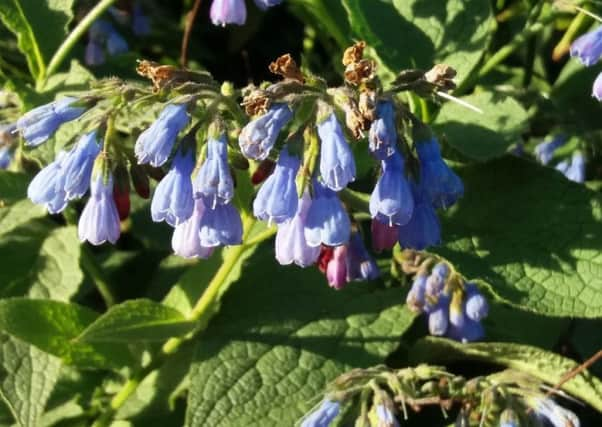Get balance right for the best results


Invented by Tony Callaghan, of Morpeth, it has proven its worth.
It’s the size of a large refuse bin, has a capacity of 200 litres and is made of polypropylene, which is 100 per cent recyclable.
Advertisement
Hide AdAdvertisement
Hide AdIt’s basically a hot aerobic box that maintains a temperature of 60C, accepts most food, and compost for mulching can be formed in a month. After three months the mature compost is ready.
For information visit www.hotbincomposting.com
We use two green waste collection bins as a back-up, to deal with the excess plant material that would otherwise engulf us during the growing season. These are processed on an industrial scale and turned into different grades of bagged compost.
The items you put in your compost bin can be categorised as ‘browns’ or ‘greens’, and a balance of the two represents good composting. Too many browns and the process halts. Too much green material and a soggy mess is the result. In each extreme, add what is required to re-establish equilibrium.
Beneficial aerobic bacteria exist when air flows through the bulk of compost. Anaerobic bacteria are detrimental to the process and their presence is encouraged by an excess of moisture.